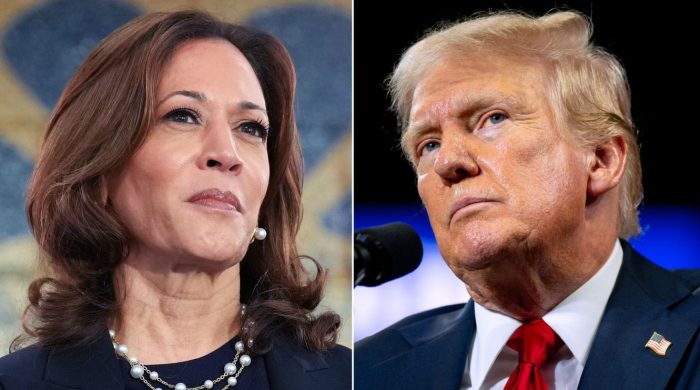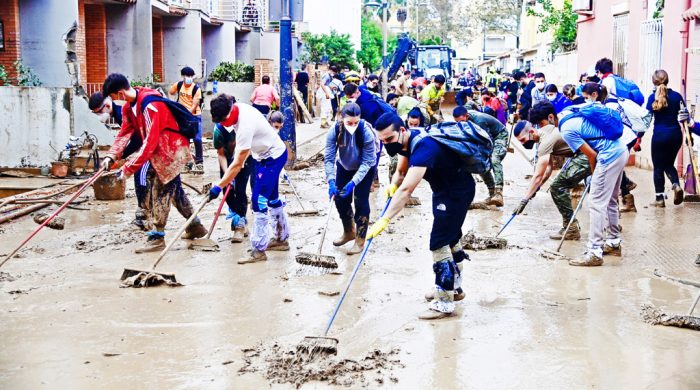Japan releases wastewater of Fukushima nuclear plant into Pacific Ocean

- Update Time : Thursday, August 24, 2023
- 36 Time View

Japan began releasing wastewater from the crippled Fukushima nuclear plant into the Pacific Ocean on Thursday, prompting a furious China to ban all seafood imports from its neighbour.
The start of the discharge of around 540 Olympic swimming pools’ worth of water over several decades is a big step in decommissioning the still highly dangerous site 12 years after one of the world’s worst nuclear accidents.
Live video provided by plant operator TEPCO showed two engineers clicking on computer mouses and an official saying — after a countdown — that the ‘valves near the seawater transport pumps are opening’.
Japan has repeatedly insisted the wastewater is treated and will be harmless, a position backed by UN atomic watchdog the International Atomic Energy Agency.
The IAEA said on Thursday that new on-site tests had confirmed the levels of radioactive tritium in the water being discharged were safe.
But China has warned the release will contaminate the ocean, and immediately responded Thursday by blasting Japan as ‘extremely selfish’.
It then banned all Japanese seafood imports ‘to comprehensively prevent the food safety risks of radioactive contamination’ — with Japan hours later demanding China lift the ban.
North Korea’s foreign ministry likewise criticised the release, urging Japan to call it off.
Local fishermen in Japan have also voiced opposition.
About 10 people held a protest near Fukushima on Thursday and around 100 others gathered outside TEPCO headquarters in Tokyo.
‘It’s like dumping an atomic bomb in the ocean. Japan is the first country that was attacked with an atomic bomb in the world, and the prime minister of the country made this decision,’ said Kenichi Sato, 68, in Tokyo.
Three reactors at the Fukushima-Daiichi facility in northeastern Japan went into meltdown following a massive earthquake and tsunami that killed around 18,000 people in 2011.
Since then, TEPCO has collected 1.34 million cubic metres of water that was contaminated as it cooled the wrecked reactors, along with groundwater and rain that has seeped in.
Japan says that all radioactive elements have been filtered out except the tritium, levels of which are harmless and lower than what is discharged by operational nuclear power plants — including in China.
Environmental group Greenpeace says that the filtration process is flawed. China and Russia have suggested the water be vaporised and released into the atmosphere instead.
But Japan’s analysis is backed by most experts.
‘When released into the Pacific, the tritium is further diluted into a vast body of water and would quickly get to a radioactivity level which is not discernibly different from normal seawater,’ said Tom Scott from the University of Bristol.
TEPCO will carry out four releases of the treated water from Thursday until March 2024.
The first will last about 17 days, though it is expected to take around 30 years for all of the wastewater to be discharged.
With around 1,000 steel containers holding the water, TEPCO has said it needs to clear space for the removal of highly dangerous radioactive nuclear fuel and rubble from the three wrecked nuclear reactors.
Even before Thursday’s release, China had banned seafood imports from 10 of Japan’s 47 prefectures and imposed radiation checks.
Hong Kong and Macau, both Chinese territories, followed suit this week.
China on Thursday extended its import ban to cover all of Japan, while prime minister Fumio Kishida told reporters that Tokyo had demanded Beijing ‘immediately eliminate’ the ban, calling for ‘science-based discussions’.
Analysts said that while China may have genuine safety concerns, its strong reaction is also motivated at least in part by its economic rivalry and frosty relations with Japan.
The South Korean government, which is seeking to improve ties with Japan, has not objected, although many ordinary people are worried and there have been scattered protests.
On Thursday, police arrested more than 10 people who tried to enter the Japanese embassy in Seoul.
South Korean prime minister Han Duck-soo said there was ‘no need to be excessively concerned’ about the plan.
Han also criticised what he called a ‘politically driven’ campaign using ‘fake news’ to fan fears.
Social media posts in China and South Korea have included false claims about the release, including doctored images of deformed fish with claims they were linked to Fukushima.
People in the Japanese fishing industry also oppose the release, concerned that governments and consumers will shun their seafood.
‘I am worried about the future,’ protester Ruiko Muto, 70, told AFP in Miharu near the power plant.
‘We can’t pass on the responsibility of what happened during our generation to the generation of our children and to future generations.’

























